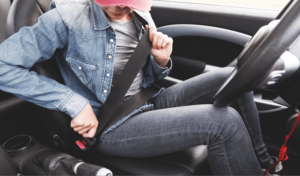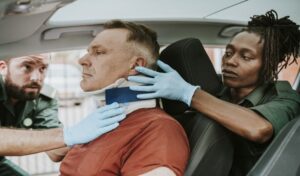
What is the Duty of Care for Staff in Nursing Homes?
Nursing homes provide a certain level of care, or duty of care, to their residents. Unfortunately, a patient’s basic needs are not always met. If you have a loved one

Nursing homes provide a certain level of care, or duty of care, to their residents. Unfortunately, a patient’s basic needs are not always met. If you have a loved one

Federal seat belt laws exist to keep you and your family safe and secure when you are out and about. In 2019 alone, safety restraints had a 90.7 percent rate

Though sometimes difficult to identify, emotional abuse in nursing homes is the most common type of elder abuse. Aside from emotional maltreatment, elderly abuse can happen in many different forms

U.S. car accident statistics reveal that motor vehicle injuries and fatalities are a serious problem in our county. Car collisions leave tens of thousands of people dead and millions injured

Car accident injuries can have a lifelong impact on a victim, but understanding how to receive compensation may further their path to healing. Continue reading to learn about six different

Roughly 40 million Americans will hit the road to begin their Thanksgiving travel this holiday season. In the United States, motor vehicle fatalities contribute to one of the leading causes

Insurance coverage is a vital aspect of owning a car, but sadly, some people underestimate its importance. Most states require all vehicles to have automobile insurance, but with multiple options

When poor hygiene in a nursing home is more than an isolated event, it can constitute as nursing home abuse. Nursing homes are like other medical facilities such as hospitals,
UTAH INJURY LAWYERS
Flickinger • Boulton
• Robson • Weeks
PROVO OFFICE
3000 N University Ave
Suite 300
Provo, UT 84604
SOUTH JORDAN OFFICE
10393 S. Temple Dr.
Suite 103
South Jordan, Utah 84095
OFFICE HOURS
Monday- Friday: 8AM-5PM
Saturday-Sunday: Closed
*Disclaimer: the information provided by this website is for informational purposes only and should not be considered legal advice or a substitute for competent legal counsel.
**SMS consent and contact phone numbers will not be shared or sold to third parties or their affiliates for any purpose.
© 2025 All Rights Reserved.